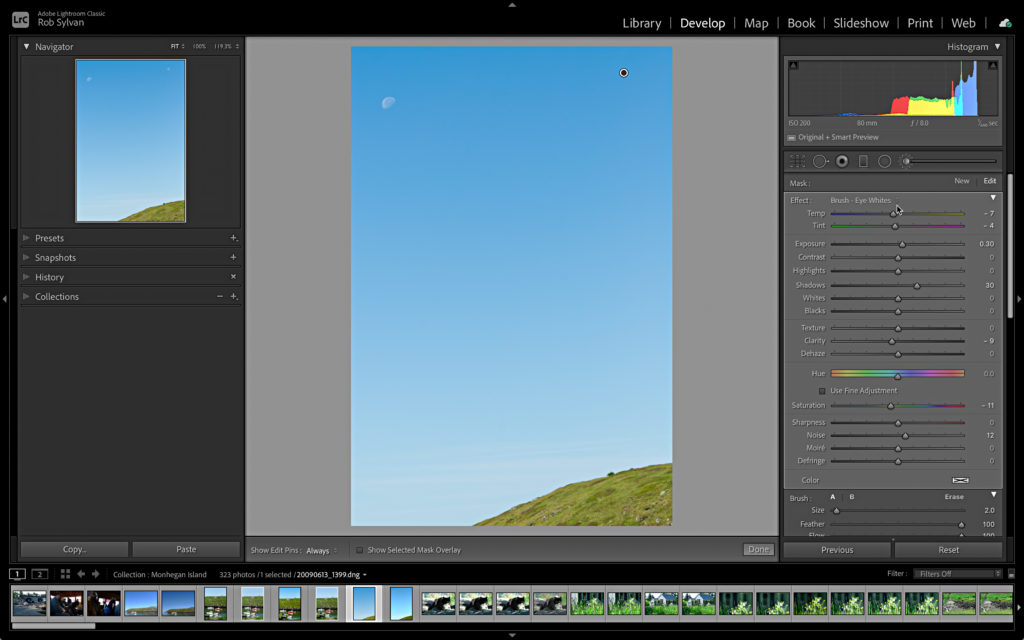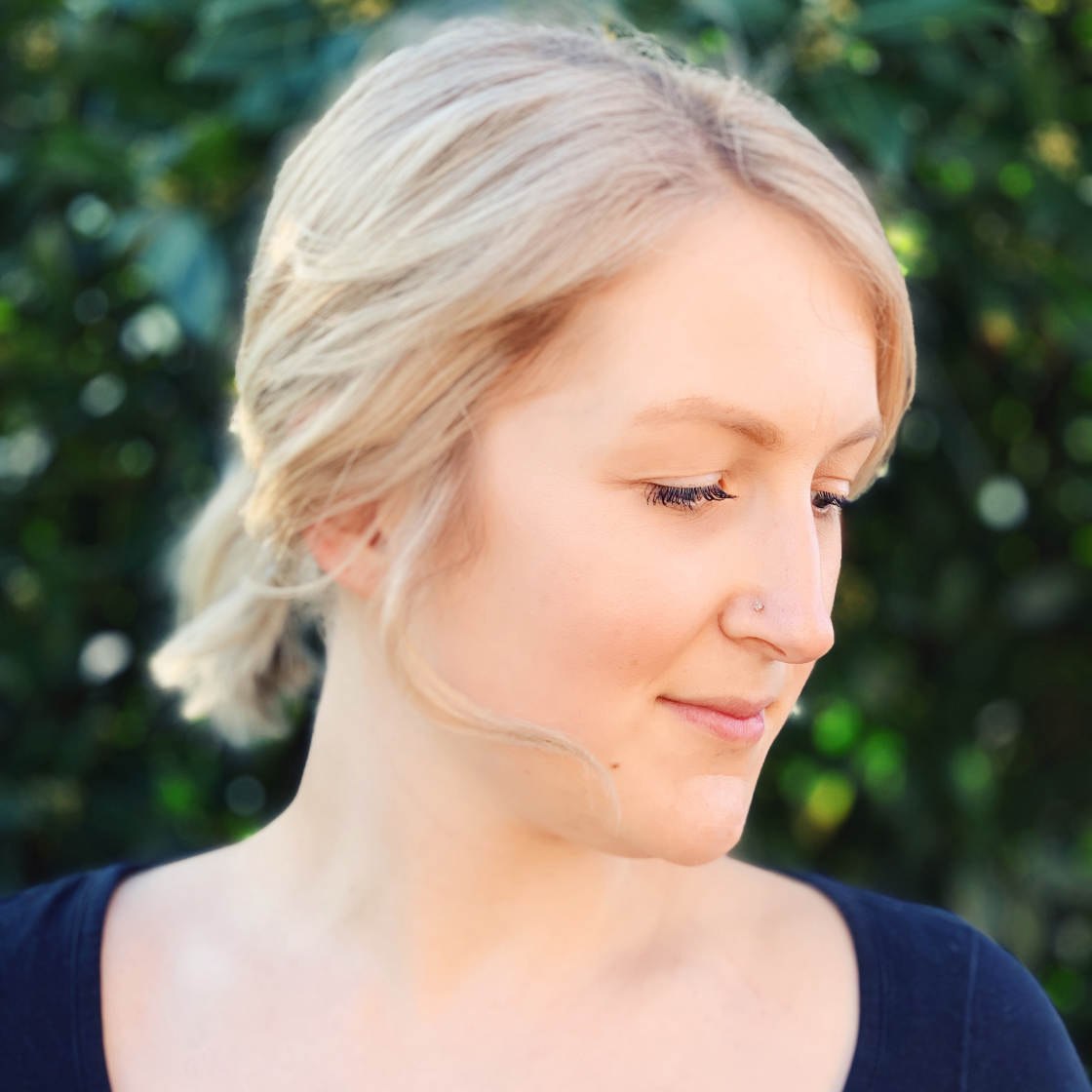KENDALL CAMERA CLUB BLOG FEED
The Ultimate Miami Photography Club Since 1977
One of the marks of a lot of good images is the ability to make a two-dimensional photo have the feel of a three-dimensional scene. This excellent video tutorial will show you how to take advantage of the way the human brain determines distance to give your images a deeper sense of depth. [ Read More ]Original link(Originally posted by Alex Cooke)
There is a trend growing in the photography world. The trend is to accompany photographs with explanatory text. I am not convinced this is a good thing. What do you think? [ Read More ]Original link(Originally posted by Michael Ernest Sweet)
Congratulations to Archie Tucker for winning the recent Macro Photography Assignment with the image, “Purity.” See more of Tucker’s work at www.aotucker.com. View the winning image and a selection of submissions in the gallery below. And be sure to check out our current photography assignment here and enter your best shots! [See image gallery at www.outdoorphotographer.com] The post Macro Photography Assignment Winner Archie Tucker appeared first on Outdoor Photographer. Original linkOriginal author: Staff
Portrait photography is a tricky genre that takes the combination of good technique, creativity, and the ability to work with people simultaneously. If you have been struggling with it a bit, this helpful video tutorial contains six minutes of rapid-fire tips and techniques to help you improve your work. [ Read More ]Original link(Originally posted by Alex Cooke)
We know that Canon is bringing a lot of new RF mirrorless lenses to market fairly soon, and it looks like we have more information coming in, with some exciting news on new designs. [ Read More ]Original link(Originally posted by Alex Cooke)
Ever since Lightroom Classic (LrC) and Adobe Camera Raw (ACR) began sharing develop presets I’ve found myself using ACR more and more, such as when sending a copy as a smart object from LrC. However, despite sharing develop presets local adjustment presets are unrelated silos that exist separately in both programs. Here’s how you can manually transfer the local adjustment presets you have in LrC to ACR. What Are Local Adjustment Presets? In LrC, if you select any of the three local adjustment tools — Adjustment Brush, Graduated Filter, or Radial Filter — you will find they share the same panel of adjustment options, and the ability to save a given configuration of adjustments as a preset. ACR has this same...

Photo By David Bodine Today’s Photo Of The Day is “Ute Sunrise” by David Bodine. Location: Estes Park, Colorado. “There’s a place in the park not many know about although it’s close to a trail,” says Bodine. “I’ve never seen anyone there before and in early summer these seasonal ponds hold water. A morning sunrise with calm winds is always inspirational to me, especially alone when I can really see it for what it is.” Want to get your images in the running for a Photo of the Day feature? Photo of the Day is chosen from various galleries, including Assignments, Galleries and Contests. Assignments have weekly winners that are featured on the website homepage, Facebook, Twitter and Instagram. To get your photos in the...
With the increased availability of high-quality lenses with wide apertures, we have become quite obsessed with images that use a narrow depth of field to isolate the subject and blow the background to smithereens. And certainly, that can be a valid way of doing things, but there are many other great ways to draw attention to your subject, and this informative video tutorial will show you some of the best methods. [ Read More ]Original link(Originally posted by Alex Cooke)
The post How to Blur the Background in Lightroom: A Complete Guide appeared first on Digital Photography School. It was authored by Rick Ohnsman. If you want to give more emphasis to your subject, you must minimize the background. The best way to achieve this is in-camera; you can focus on the subject but pick a wide aperture and a long focal length for limited depth of field. The result is a sharp subject but a blurred, simplified background: The best way to blur the background in a photo is with a combination of focal length and aperture. That is the ideal method. I’m going to teach you how to blur the background in Lightroom, but with the caveat that it...

If like me, you were told to work out your overheads, how many days a year you plan to work, and calculate your fees from this, you have also been pricing your photography work incorrectly. [ Read More ]Original link(Originally posted by Scott Choucino)
They make good cameras. But I won't buy a Canon. [ Read More ]Original link(Originally posted by Ivor Rackham)
Creative blocks and lack of motivation for picking up the camera happen to the best of us. While there are times it is best to just embrace the downtime and wait for inspiration to strike, more frequently, it is better to take active steps to push past the doldrums. It's important to find methods that work best for you, but there are a handful of tricks that I have found to be successful over the years. [ Read More ]Original link(Originally posted by Abby Ferguson)
Are you feeling a bit stuck lately and wondering how you can improve your images? Check out this fantastic video tutorial that will give you 10 helpful tips for improving your work. [ Read More ]Original link(Originally posted by Alex Cooke)
Exposure bracketing is one of the most important tools to know how to use for landscape photography and is likely a term you've heard from every major name in the business. Find out why it's so important and just how easy it is to learn. [ Read More ]Original link(Originally posted by Alex Armitage)
Today, I’d like to discuss one of the most overused and most misunderstood concepts in photography. What exactly makes something a “professional camera”? [ Read More ]Original link(Originally posted by Christopher Malcolm)
Both the Fujifilm X100V and Leica Q2 are advanced fixed prime lens cameras, and they each offer a range of great features and excellent image quality. Which one is right for your work? This great video review takes a look at both. [ Read More ]Original link(Originally posted by Alex Cooke)
Do you want to take jaw-dropping iPhone photos that look like they were shot on a DSLR camera? If so, you need to use the manual iPhone camera controls! This might sound difficult and technical… but it’s easier than you think. In this tutorial, we’ll guide you step-by-step through the advanced iPhone camera controls. Read on to start shooting incredible photos that no one will believe were taken with an iPhone! Table Of Contents: Advanced iPhone Camera Controls Click any title link below to go straight to that section of the article: 1. Depth Of Field: How To Blur The Background In Your Photos1.1 Use Portrait Mode To Blur The Background In Your Photos1.2 Get Close To Your Subject To Create A...

This shot of the Grand Tetons was a perfect situation to use focus peaking. Fine detail foregrounds (like grass) are a great way to learn how focus peaking works. With the blades of grass being highlighted (red in my case), I was able to adjust my focal point as well as aperture to figure out exactly where I should focus to keep the mountains and grass sharp—while also trying to use a mid-range aperture for critical lens sharpness. In this case, that balancing act led me to ƒ/11 and a focal point a couple of feet into the frame toward the mountains. A lot has changed in the last 20 years for us photographers—think about how much has changed just in...

Zeiss lenses are well known for their contrasty, sharp, and nearly flawless renderings with smooth bokeh, making them highly sought-after portrait instruments. This great video review takes a look at one of the company's more reasonably priced options, the Milvus 85mm f/1.4 ZE and the sort of performance and image quality you can expect from it in practice. [ Read More ]Original link(Originally posted by Alex Cooke)
Photo By Harry Lichtman Today’s Photo Of The Day is “Coastal Creation” by Harry Lichtman. Location: Seacoast Region of New Hampshire. “I had admired this tidal pool along the New Hampshire coast this past summer, but the sun doesn’t rise behind it until this time of year,” explains Lichtman. “Summer grasses grow so tall that it’s easily camouflaged and lacks the ability to catch much light and create a reflection. Prior attempts this winter either lacked the colorful sky or the saline ice was too dull or lumpy for a crisp reflection. On this morning, I brought containers of hot water and doused the icy depression to create a thin liquid layer that might create a better reflection of the sky...